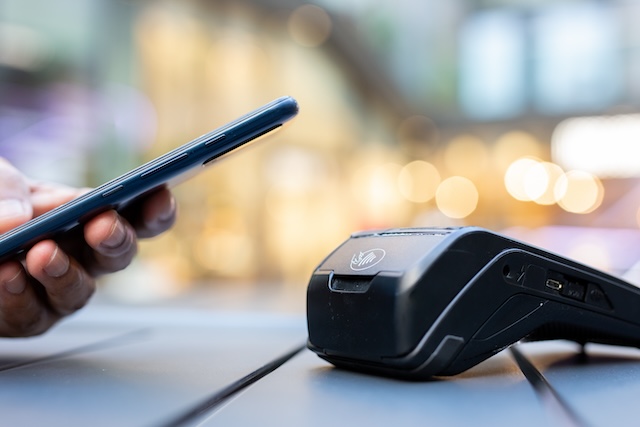Last month, France’s largest bank, Groupe BPCE made the headlines by launching a new domestic e-money service where their customers would be able to transfer money via Twitter messages.
The new service, which is enabled by Twitter’s open software standards — also known as APIs — is part of the growing trend within banks and financial services institutions to innovate and provide new services to customers with technology.
This move also coincides with Twitter’s own drive into the world of online payments as the social network seeks new sources of revenue beyond advertising.
With other social media services such as Facebook and Whatsapp looking to claim a share of the payments market, we are now looking at a possible future where consumers and businesses alike transfer money abroad with the same ease as signing into their Facebook accounts.
>See also:Help yourself: how banks are leading the way in mobile self-service
The marriage of social media and banking will enable services that not only increase ease of use and convenience, but will also offer up better security and compliance controls.
So what will a future of integrated social media and banking technology look like? What compliance controls and security around social and banking technology will work? And what steps need to be taken to make this future happen?
Taking social banking to a global scale
Social media networks have the existing customer base and trust needed to make them larger vessels for payments and transfers.
Today’s most popular social networks, such as Facebook, Twitter and Instagram, have already built up a following of millions of users that love using their services. Here, the existing fan-base will enable these social networks to offer up new banking services.
BPCE’s Twitter service is a step towards a larger opportunity for social payments. Today, the e-money service offers Twitter users in France a new way to send each other money, irrespective of their bank, via a tweet.
The logical step for this service is to then open up to customers within the European Union and then to international customers. So, what would they need in order to this service internationally?
In France, all you need is a banking number to send and receive money. However, there are more compliance rules and regulations you would need to adhere to as you expand the service to the EU (e.g. a European Union licence to make international trade).
If you want to take this service outside the EU, then regulations become more complicated, and you will have to have detailed information on who is sending money and who is receiving it.
These compliance controls are often a barrier for banks and businesses making international payments. But as banks integrate with social media’s existing networks and existing user data, the process will become more seamless for all involved.
Compliance controls with social media
Integrating social media into banking and payments services will support anti-money laundering initiatives such as KYC.
Back in the day, you would need to open up an account in a physical branch with documents such as a passport or an electricity bill. Today, those things can be easily forged.
The benefit of using social media is that everyone using it will have an online footprint and you can create a compelling profile of an individual based on their social networks and how they use them.
Existing trust in social media networks also means that users are likely to be willing to share any additional data that is required to meet compliance obligations.
Banks and payments services can have a clearer picture of their customer’s activities to monitor for potentially fraudulent activities.
For example, you can look at how people are using their online accounts and their transaction history to paint a more complete picture of who your customer is and whether their recent activities match up with their user history.
Compared to passports and bills, these online footprints are incredibly difficult to forge. And for the consumer, they benefit from knowing that they are better protected.
Future of payments
Social media and banking services are a natural fit, supporting banks’ desire to build brand awareness and encourage engagement amongst customers as the payment industry evolves.
The market for peer-to-peer international payments is currently at about £310 billion ($500 billion), but that is still dwarfed by the cross border e-commerce market.
Banks are continuing to use APIs to integrate more with social media networks and enable more payments services.
>See also: How to hack a bank (theoretically)
As this progresses, users will be able to make payments for services and products, send money to peers and conduct other banking services more easily than ever — and all through just logging into their social media account.
For example, businesses could use the platform to offer up special products or services to users. And as Facebook would already have a consumer’s banking details, this product would be paid for automatically.
The business would also receive the payment on their end. Or on LinkedIn, a business could use the platform to make specific purchases, such as buying business cards or headhunting services.
Use of these social platforms could also extend to movement of money for peer to peer finance, allowing businesses to apply for loans or receive funding.
In other words, the integration of a payments service within social media will turn the likes of Facebook, LinkedIn and others into the ultimate destination for payments and e-commerce. And BPCE’s small step into Twitter payments is just the beginning.
Sourced from Mike Laven, CEO, Currency Cloud







